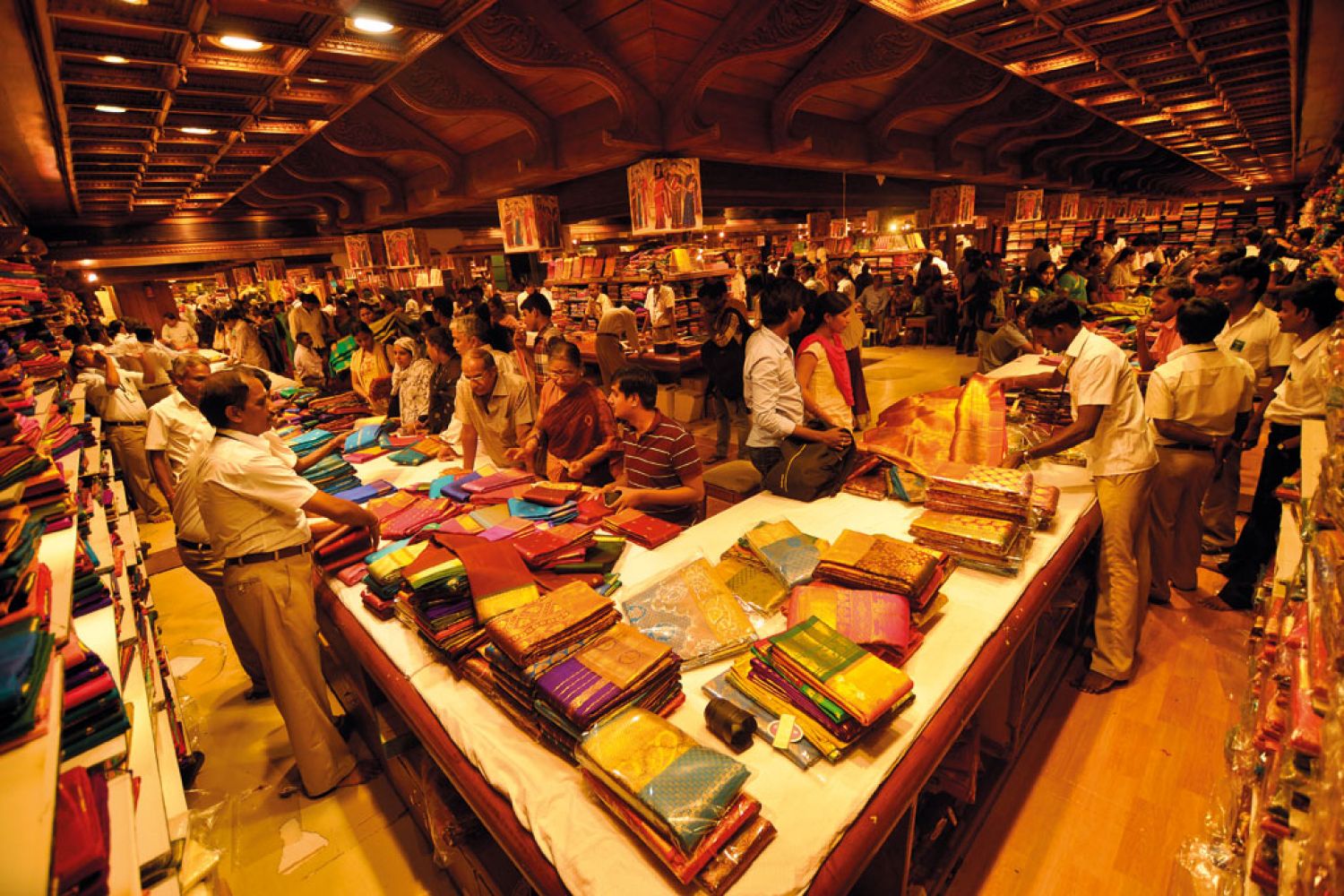
It’s 8 o’clock on a
Tuesday morning. Most of the shops on the stretch of Pondy Bazaar in Chennai
still have their shutters lowered, while the pavements see fractions of people
slowly setting up shop for the long day ahead.
Nestled in the tight
space between Milan Jyoti clothes store and an ice cream outlet (“Rain or
shine, our softy is fine”), a man is vigorously scrubbing clean a stout black
Ganesha that sleeps in the alcove.
Water sloshes out of
his orange bucket as he move





